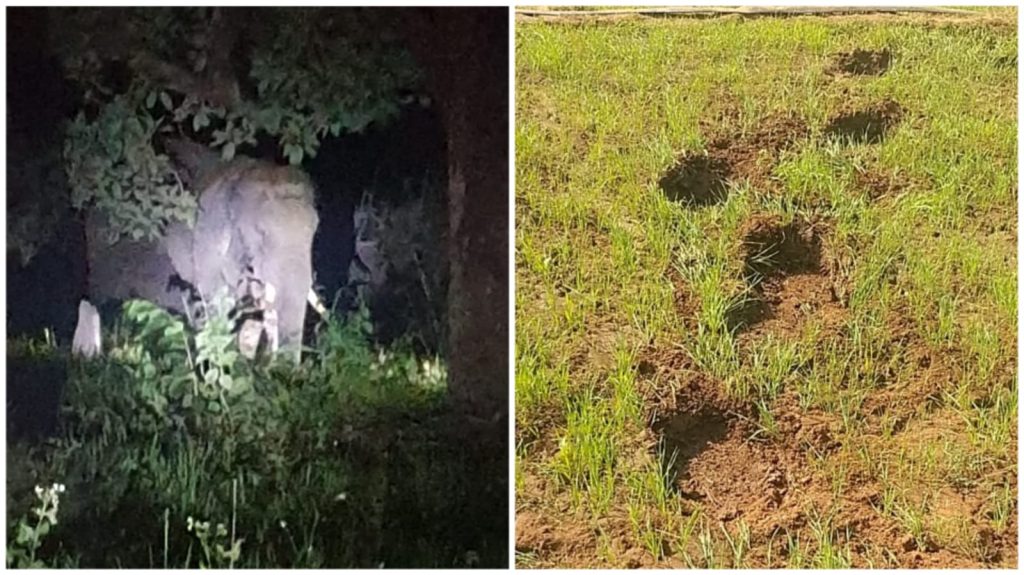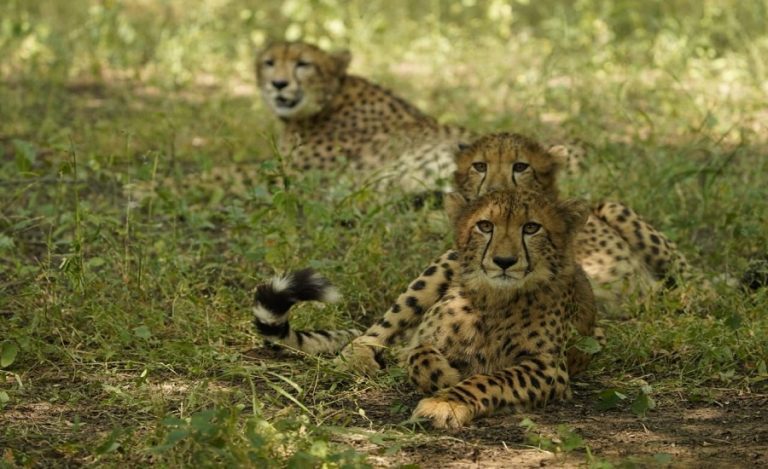After a very long hiatus of over a century, Asiatic elephants have begun re-colonising the Bandhavgarh Tiger Reserve, and it seems like this time, they are here to stay. The first herd of elephants, which consisted of around 15-20 beautiful jumbos, was spotted in the tiger landscape in 2018. What felt like a mere elephant movement along the tiger corridor back in the day, has now converted into a habitation of the elephants who have decided to stay in the state.
In an exclusive conversation with Indian Masterminds, the Field Director of Bandhavgarh Tiger Reserve, IFS officer Rajiv Mishra, shared details about the elephant movement and how the Forest department is taking steps to mitigate man-animal conflict in and around the reserve.
CO-EXISTING WITH ELEPHANTS
The 20 elephants, thought to be migrating, settled in the state four years ago, and today their population has increased to over 50 elephants in the forest reserve. However, though the herd is mainly confined to their core area, near the Son river, they gave gradually started spreading through the dense forests of the region.
There have also been reports that during the evening, these immigrant tuskers roam around the nearby villages in search of grains stored by the villagers in their huts. They feed on cultivated crops and break into houses in search of stored grains, salt, and perhaps liquor, made from the famous mahua flowers, the smell of which highly attracts elephants. Recently, a man was unfortunately killed by a tusker as he went out to pick mahua flowers in his field and came face to face with the animal.
“After an extensive field investigation, the forest department has made several recommendations to mitigate such man-animal conflict. Since it’s only been four years since the elephants have shifted to the region, the villagers here are not in the habit of coexisting with them, which causes accidents. Therefore, we are coming up with several ideas to keep the two species at bay,” Mr. Mishra told Indian Masterminds.
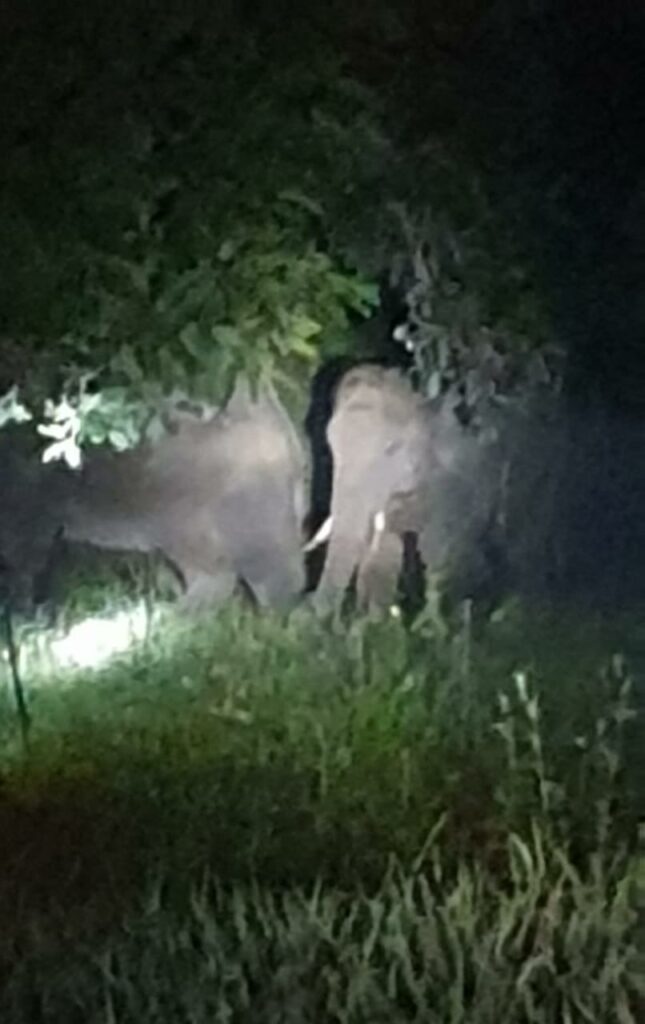
SENSITISING THE PUBLIC
In order to sensitise the villagers and to train members, local responders and frontline forest workers to give safe passage to the new entrants to this area as well as to ensure the community’s safety, the Elephant Corridor Project at WTI (Wildlife Trust of India) along with the Madhya Pradesh Forest department have launched an initiative called the Hathi Mitra Dal.
Under the initiative, the members of the Hathi Mitra Dal or Friends of Elephants in 15 villages in the Bandhavgarh Sanctuary will be readied to face the jumbos in any given situation and will be trained on how to handle and calm them down, in case of a conflict.
“The groups will consist of five able-bodied young men from each village, who will be trained to minimise any negative interactions and foster co-existence. They will be provided with torches, rassi bombs and other necessities needed to handle a tusker,” shared the officer.
These young men have been trained well and now they go around their villages, forming committees and holding meetings during which they sensitise the villagers and explain to them what to do if they ever come across a wild elephant. They are explained not to go near the elephant, not startle them, not tease them, and keep away from them as much as possible.
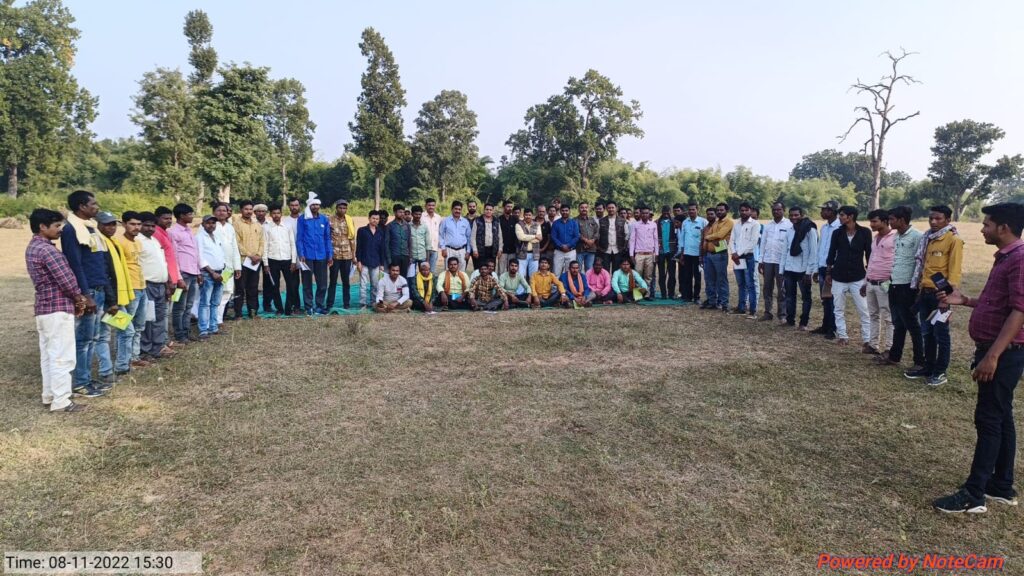
COMPENSATION FOR LOSSES
At the same time, the government and the forest department are making sure to provide quick compensation to anyone who has faced the loss of life and property, at the hands of the wild elephants.
Forest officials stated that delays in compensation frequently cause villagers to become agitated, which leads to an attempt to harm the animal or the forest. Several forest fires reported in MP have been blamed on villagers after animals damaged their properties.
To avoid this, learning from Karnataka, the state government is nearing the completion of a mobile app that will ensure compensation claims for the crop, cattle, and human life are resolved in less than a month.

INSTRUCTION TO DRIVERS
Since the Bandhavgarh Forest Department is a hot tourist spot, hundreds of tourists visit the place every day. These tourists move around the sanctuary in jeeps and gypsies to enjoy nature and the sight of wild animals.
However, tourists, at times, get overwhelmed and stop the vehicles in front of the animals’ trails to click pictures or shoot videos, which disturbs and distracts the animals from their course and they get aggressive and attack the tourists, especially if the scenario involves baby elephants, as well.
“We have advised the drivers of these vehicles to avoid stopping when they witness a stray elephant. Furthermore, we have also imparted training to them on how to handle the situation in case a man-animal conflict takes place,” Mr. Mishra said.
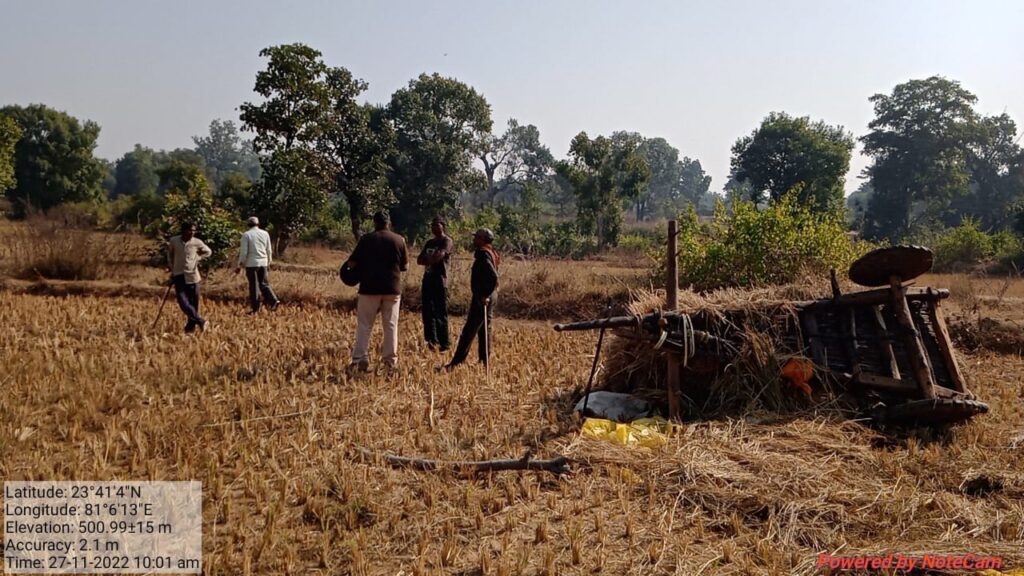
Apart from that, the department has also launched an elephant manual, putting in place the roles and duties of various departments to ensure minimum man-elephant conflict. The manual also targets the committees of villages that are the most affected by elephant and human conflicts, and explains their roles and duties to them, with respect to the elephants.

